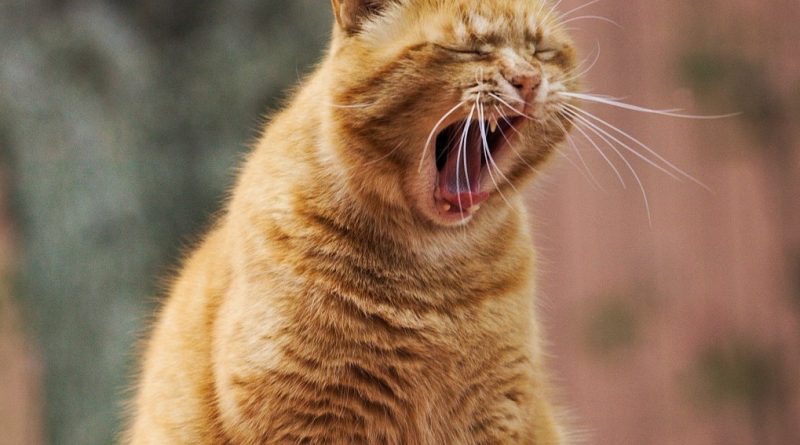Whisker worry: Are cats’ whiskers a key to their eating pleasure?
If you have a cat, you’ve probably noticed more food and water dishes advertised with one of the following buzz-words, such as “whisker-friendly,” “whisker fatigue,” “whisker relief,” or “whisker stress-free.” In recent years, a theory has developed that cats’ sensitive whiskers can become over-stimulated from touching the sides of standard food and water dishes, leading to whisker stress or whisker fatigue that could impact how much cats enjoy their food, how much they eat, and their overall health. It has not been proven that this condition exists and, if it does, what impact it might have on cats, with conflicting views among veterinarians, behaviorists, and cat owners. Therefore, research is needed to determine whether whisker stress occurs and, if so, which cats are susceptible and how to prevent it. Nonetheless, many companies have already developed food and water dishes that attempt to reduce stimulation of the whiskers by being shallower and having wider openings than typical cat dishes.
Recently, an article was published reporting the results of a study investigating whisker stress in cats by testing whether a whisker-friendly dish would improve eating habits.1 Thirty-eight pet cats were tested in their homes using their usual food dish and a whisker-friendly dish (either stainless-steel or ceramic, depending on what their usual dish was made of). First, cats were fasted for 12 hours. To see how long cats would stay at the dish, owners fed cats their normal dry food in their usual dish and filmed them for up to 5 minutes or until the cat walked away. They also recorded how much food they ate and how many kibbles were dropped from or pushed out of the dish. The next week, owners followed the same protocol but fed the cat from the whisker-friendly dish. Finally, owners offered food in both food dishes placed side-by-side to see which one the cat preferred.
The results showed that the food dish did not affect cats’ feeding behavior: there was no difference in the time spent eating, the amount of food dropped, or the amount of food eaten. In the side-by-side test, slightly more than half (63%) of the cats preferred the whisker-friendly dish.
These results remind me of those from multiple studies on water fountains for cats: Some like water fountains and drink more water from them than from traditional bowls, some cats don’t care, and some cats hate water fountains and won’t drink at all from them at all! As in everything, cats are individuals and must be treated accordingly.
Despite the negative results from this study of whisker-friendly dishes, more research is needed on ways to optimize the health, nutrition, and well-being of cats. Stress is a real issue in cats, particularly indoor cats. I highly recommend the Indoor Pet Initiative website to learn more about indoor cats’ basic necessities, life stressors in cats, and solutions to common indoor cat behavior issues. And if your cat is showing any changes in eating or feeding behavior, it’s always a good idea to get them checked out by your veterinarian.

